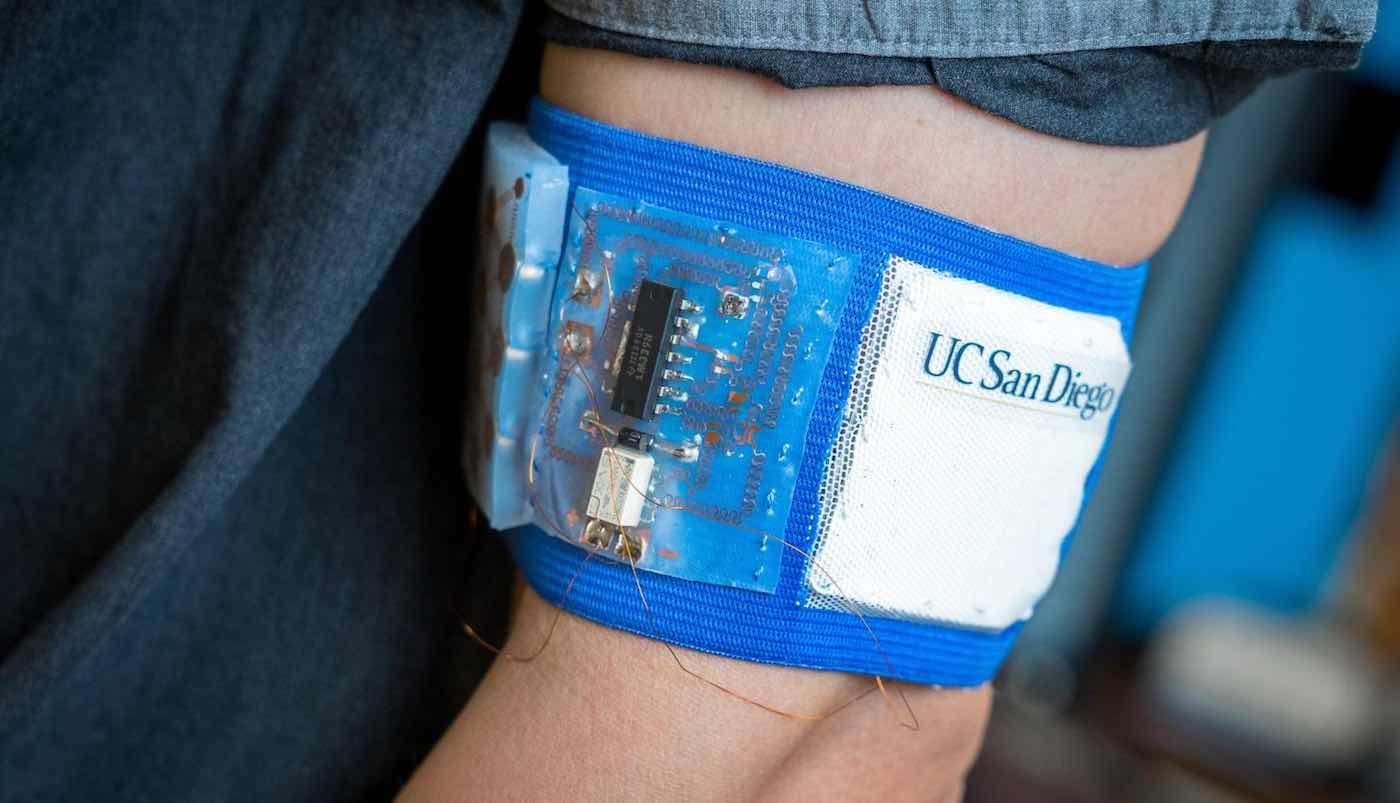Lyft to Have Fully Autonomous Fleet of Self-Driving Cars by 2021
There's a surprising amount of environmental and economic benefits that comes from ditching human drivers from the transportation service.

Scientists have successfully managed to create a smart skin patch that can cool down or warm up the wearer – and it could save people thousands of dollars in utility bills.
The two-inch square device works like a personalized thermostat that can be utilized at home, work, or on the go.
Powered by a flexible, stretchable battery pack, the patch can send hot and cold pulses of electricity to any part of the body, mimicking the relief of warming hands by a fire in winter or splashing water on one's face in the summer.
The researchers from the University of California, San Diego believe it will help people save money and energy on air conditioning and heating.
"This type of device can improve your personal thermal comfort whether you are commuting on a hot day or feeling too cold in your office," said study leader Professor Renkun Chen, a mechanical engineer at the university.
The patch described in Science Advances is made of thermoelectric alloys, materials that use electricity to moderate temperature. These alloys are soldered to thin copper electrode strips sandwiched between elastomer sheets that are specially engineered to conduct heat while still being soft and stretchy.
The team developed the sheets by mixing aluminum nitride powder, a chemical with high thermal conductivity, and a type of rubber called Ecoflex.
The patch then uses an electric current to move heat from one elastomer sheet to the other – causing one side of the patch to warm and the other to cool.
First author Sahngki Hong, who worked on the project as a PhD student in prof Chen's lab, said: "You could place [this device] on spots that tend to warm up or cool down faster than the rest of the body, such as the back, neck, feet or arms, in order to stay comfortable when it gets too hot or cold."
People using the device could then keep a building's set temperature 12 degrees higher during the summer, for example, which would cut cooling costs by about 70%, said Chen.
"If wearing this device can make you feel comfortable within a wider temperature range, you won't need to turn down the thermostat as much in the summer or crank up the heat as much in the winter," he said.
There are a variety of personal cooling and heating devices on the market, such as fans and hot water bottles, but they are not the most convenient to wear or carry around.
That's why Chen and colleagues designed the patch to be comfortable, flexible, lightweight, easily integrated into clothing, and convenient to wear.
As a means of testing the design, the researchers embedded a prototype of the patch into a mesh armband and tested it on a male subject in a temperature-controlled environment. In two minutes, it cooled his skin to 89.6 degrees Fahrenheit – keeping it there as the ambient temperature was varied between 71.6 and 96.8.
"To do cooling, we have the current pump heat from the skin side to the layer facing outside. To do heating, we just reverse the current so heat pumps in the other direction," said Chen.
One patch uses up to 0.2 watts worth of power. Chen's team estimates it would take 144 patches to create a cooling vest. This would use about 26 watts total to keep an individual cool on an average hot day.
During extreme heat, this would climb up to 80 watts, which is about how much a laptop uses. By comparison, a conventional air conditioning system uses tens of kilowatts to cool down an entire office, which is why it is more energy-efficient to cool down an individual person than a large room, said the researchers.
"If there are just a handful of occupants in that room, you are essentially consuming thousands of watts per person for cooling. A device like the patch could drastically cut down on cooling bills," says Chen.
The team is now working on patches that could be built into a prototype cooling and heating vest. They hope to commercialize the technology within the next few years.
"We have solved the fundamental problems. Now we are tackling the big engineering issues – the electronics, hardware, and developing a mobile app to control the temperature," said Chen.
Be Sure And Share The Cool News With Your Friends On Social Media – Photo by David Baillot / UC San Diego Jacobs School of Engineering
Be the first to comment